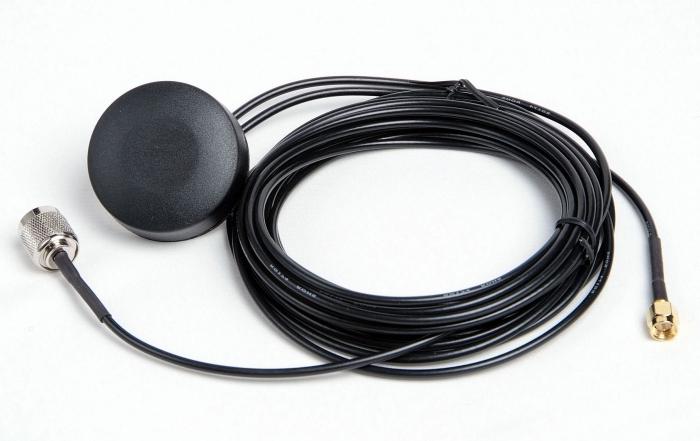A GPS antenna is one of the most important elements of a wireless infrastructure. The operability of the entire system depends on the correct choice and proper operation of the mentioned devices, since they determine the maximum range of the devices, the throughput of communication channels , etc.
An improperly mounted GPS antenna under favorable weather conditions can provide a fairly tolerable connection, but during rain or snowfall it will malfunction or even cease to work. Despite the apparent simplicity, the design of antennas sometimes requires more effort and means than the creation of complex electronic devices.
The classification of GPS antennas is rather short. They are:
- active and passive;
- external and board mounted devices (by type of installation).
Today, a huge selection of antennas is offered, but do not forget that no matter how reliable and powerful the device is, if a poor-quality GPS antenna is used with it, the technical characteristics of this system will be far from declared. The operation of such a device will not bring the expected result to the user.

An active GPS antenna is a standard passive model with a built-in amplifier. Such devices are used in GPS receivers in which there are no internal devices, in which case a connector for an external antenna is output to the device body. Active devices surpass passive instances in sensitivity, they increase the ratio of signal level to noise level, reduce the influence of any interference. The signal from passive antennas is highly susceptible to electromagnetic radiation, and as a result, it reaches the receiver in a distorted and weakened state. The signal of active devices has a much greater amplitude than passive ones. The choice of GPS antenna should be approached individually, taking into account the type of receiver, because some devices may already contain a built-in antenna amplifier.
GPS antenna manufacturers offer a wide selection of external and internal antennas. They differ in supply voltage (3-5V), in addition to signal amplifiers and bandpass filters, which cut out extraneous signals outside the required frequency range. GPS antenna (automotive) operates at a frequency of 1575.42 ± 3 MHz. Given the band-pass filter, the bandwidth of the passband is 10 MHz. The average antenna gain is 4 dB, power dissipation is 1 W. Such devices are able to provide reliable operation in temperature conditions from -40 to +100 degrees Celsius with a relative humidity of 100 percent. Antennas are equipped with various types of cables, with different types of connectors, which allows you to use them with any type of receiving device. The cable length can reach five meters, which greatly simplifies the installation of a GPS antenna.

To summarize, we note that modern devices are optimized for various decision criteria, such as high gain, low power consumption, low price, small overall dimensions.